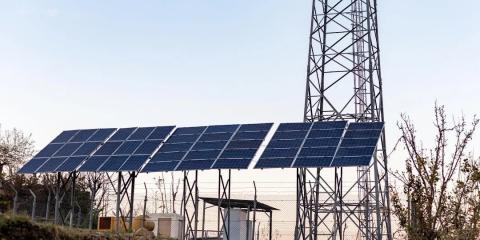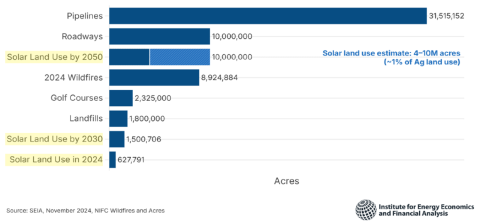A transition plan for communities affected by the closings of Navajo Generating Station and Kayenta mine
Download Full Report
View Press Release
Key Findings
The plant and mine are economic engines that must be replaced when they close. This plan offers a structure for long-term growth based on local entrepreneurial, labor and organizational assets, and cultural vitality.
IEEFA estimates that at least 643 employees from the plant and mine will need new jobs along with a currently unknown number of people employed by supporting businesses that will be hurt.
Executive Summary
This proposal outlines a responsible transition initiative to create economic growth, new jobs, and new revenues for the people and communities who will be hurt by the closures of the Navajo Generating Station and its coal supplier, the Peabody Energy-owned Kayenta mine.
In February 2017, the plant’s current utility-company owners (Salt River Project, Arizona Public Service, Nevada Power, and Tucson Electric Power announced plans to close the plant because it is no longer competitive. While it now appears that negotiations between the owners and the Navajo Nation will result in a decision to keep the plant open until 2019, some of the parties involved have discussed the possibility of selling the plant and mine to new owners and attempting to keep it open longer.
The Institute for Energy Economics and Financial Analysis recently analyzed the plant’s poor financial performance and weak financial outlook (See “End of an Era: Navajo Generating Station Is No Longer Economic”) and concluded that a bailout of up to $2.4 billion would be required to keep the plant open through 2030. If such a bailout were to occur, ratepayers and taxpayers would pay for the losses through higher taxes and higher electricity rates.
We see a better use for public and private money: investing in a sound economic transition plan over the next three years in advance of the plant and mine closing. Well-planned transition initiatives limit job losses, public-income losses and community disruption, and can lay the groundwork for further economic development.
IEEFA proposes addressing three critically important components now: economic growth, jobs and fiscal balance. Implementation of such a plan will require the cooperation and goodwill of businesses, tribes, labor interests, and public agencies.
This plan requires redeployment of existing private and public investment dollars. It assumes prioritizing the rebuilding of the local and regional economy according to principles of community-based, diversified development that is economically and ecologically sustainable. The plan, developed in close consultation with the on-the-ground work of DinéHózhó L3c and similar community-based initiatives, is built on the premise that every laidoff employee of the plant and the mine will receive a new job with comparable wages and benefits, and that no worker need miss a day’s pay. The plan assures fiscal balance for Navajo and Hopi communities and calls for enhancing existing services and employment provided by tribal governments.
While many residents may find employment elsewhere, the aim of the initiative is to create good local work opportunities in a transition that preserves families, protects local culture and grows strong businesses.
Please view full report PDF for references and sources.














